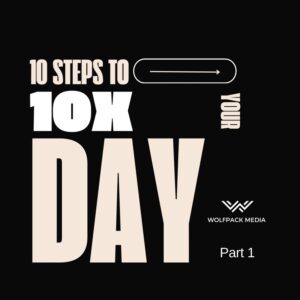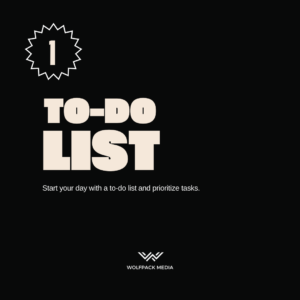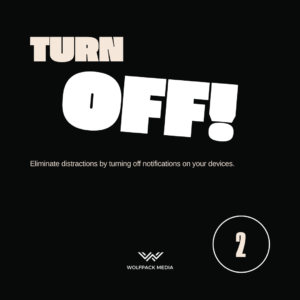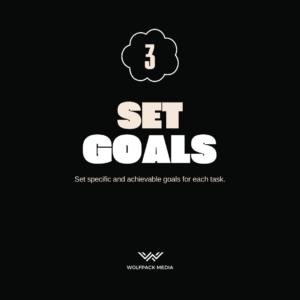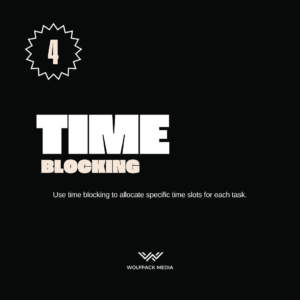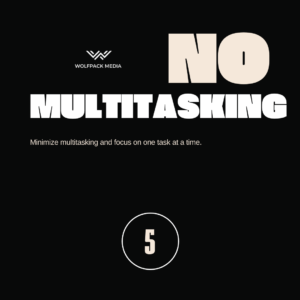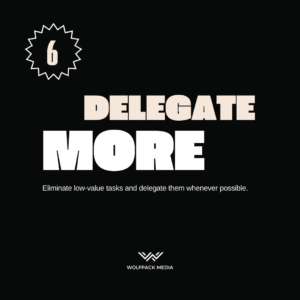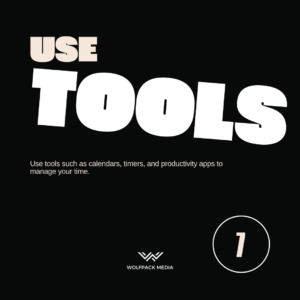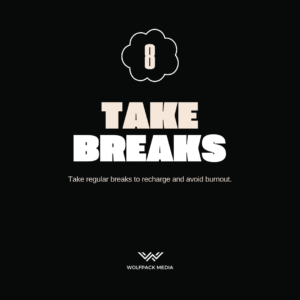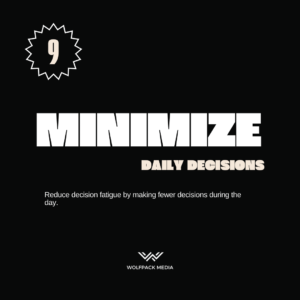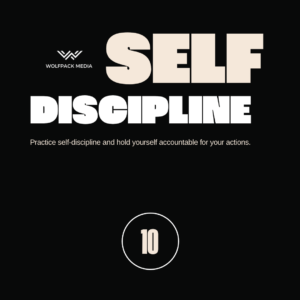In the email marketing industry, sending spam or unsolicited bulk messaging can taint any organization’s brand. It can prompt mailbox providers to filter their messages to the spam folder or place them on an email blacklist.
In this article, we’re going to explain what an email blacklist is, how to avoid getting placed on one, and how to tell if you’ve been blacklisted.
How to Avoid an Email Blacklist
How to Check if You’re On an Email Blacklist
How to Get Off an Email Blacklist
Some blacklists, like Spamhaus, are credible and widely trusted, so if a brand is on one of these blacklists, it’ll heavily impact their sender reputation. Other blacklists, likeNoSolicitado, are less credible and trusted, so if a brand is on one of these blacklists, it won’t affect its sender reputation nearly as much.
When referencing blacklists to determine a brand’s deliverability, mailbox providers weigh their influence by credibility and not just if they’re listed on them.
How to Avoid an Email Blacklist
A wise email team leader at HubSpot named Jess Swazey once told me, “The easiest way to get off an email blacklist is to never get on it in the first place.” In light of this Yoda-esque wisdom, here are four best practices for avoiding email blacklists.
1. Only email contacts who have subscribed to your email program — and never email contacts scraped from websites, third-party sources, or purchased contact lists.
The easiest and most crucial step you can take to avoid email blacklists is emailing people who actually subscribed to your emails. Because in a world where only 8% of people assume the information in advertising is true, the best way to build a contact database is the hard and honest way — collecting email addresses organically.
Plus collecting and emailing contacts who never subscribed to your email program in the first place is a one-way ticket to getting blacklisted. This is because most blacklist operators have already placed pristine spam traps in third-party sources, abandoned websites, and purchased contact lists.
2. Clean your email lists on a regular basis.
Having a large email list may seem like a great idea, but they do more harm than good if they consist of numerous unengaged contacts, so it’s best to go through your email list and purge it of any inactive email addresses.
Most mailbox providers decide if you’re actually a reputable sender and deserving of a high deliverability score by keeping an eye on any inactive email addresses that have been converted into recycled spam traps and dinging any IP address or domain that sends emails to them. In your database, any contact that hasn’t engaged with your email program or opened one of your emails in a year could possibly be a recycled spam trap.
To avoid sending emails to recycled spam traps and getting blacklisted, run one-off re-engagement campaigns with your inactive contacts. It’s up to you to decide how long a contact’s disengagement with your email program deems them inactive, but if they don’t open your re-engagement email, it’s a sign to scrub them off your list.
3. Never manually enter email addresses into your database or mass email those contacts.
After industry events, some sales teams collect business cards from prospects, manually plug each contact’s email address into their database, and send them a mass marketing email.
This can also be a one-way ticket to getting blacklisted because those contacts never opted into receiving messages from your email program. They’re likely never to open them. In fact, they may flag them as spam, which will lower your deliverability and heighten your risk of getting blacklisted.
Manually entering email addresses into your database can also increase the chance of typos, resulting in emails being sent to addresses that don’t exist. This will increase your email bounce rate, which will also lower your deliverability and boost your risk of getting blacklisted.
To avoid these issues, connect with each of these prospects through their personal inbox and direct them to an offer, landing page, or form where they can opt themselves into your email marketing list.
4. Validate your new subscribers’ email addresses.
Speaking of typos, sometimes people will try to subscribe to your email program but make a typo when entering their contact information in your form.
Unfortunately, mailbox providers will bounce any emails sent to addresses that don’t exist — lower your deliverability and heighten your risk of getting blacklisted. To avoid this subtle yet potent blacklisting trigger, use email address verification tools like Kickboxor Zero Bounce to validate each email address you collect from your subscription forms.
How to Check If You’re On an Email Blacklist
Sometimes, a pristine or recycled spam trap can slip through the cracks and get you blacklisted. Fortunately, your email service provider will usually notify you when this happens, but if you want to be absolutely sure that your IP address or domain isn’t on a blacklist, use blacklist-checking tools, like Sender Score or MX Toolbox.
There are also other ways you can check to see if you’re blacklisted:
Check your email metrics.
A good indicator that you may be blacklisted is if your open rates have taken a huge dive. For example, falling from 40% down to 5% in a short amount of time is definitely a sign that something is amiss.
Send out test emails.
Send test emails to known addresses and see how many of them are received and if they have ended up in the spam folder.
Use an email monitor.
Email monitors, like MassMailer Email Monitor, automatically check blacklists and offer a variety of services and features — such as:
Predictive deliverability metrics
Blacklist and whitelist monitoring
Email client preview testing
How to Get Off an Email Blacklist
If you send emails through one of your email service provider’s shared IP addresses and it gets blacklisted, it’s your email service provider’s job to delist the shared IP address. However, one domain that sends spam from a shared IP address can blacklist the entire shared IP address, so if your actions blacklist your shared IP address, your email service provider has the right to cancel your subscription or require remediation.
On the other hand, if your dedicated IP address or domain ends up on one or multiple email blacklists, it’s your job to get it off them. Unfortunately, there’s no universal solution for getting your domain delisted — you need to follow a different protocol for each blacklist you’re on in order to get off of it. However, there are two general best practices for delisting that are great starting points for any email program.
1. Follow email best practices.
To get off most blacklists, you need to work directly with the blacklist operators and prove to them that you’re actually a trustworthy sender. You can do this by following email best practices for a certain period of time. Some email best practices are:
Avoiding the use of no-reply email addresses
Sending personalized emails
Including compelling CTAs
A/B testing content
2. Permission Pass Campaigns
Another way to delist your domain is by running permission pass campaigns. When you get blacklisted, your email service provider will pinpoint the campaign that triggered it — allowing you to identify the email list in your database that has spam traps. Once you find this list, you can run a permission pass campaign, where you send a one-off re-engagement email to the list’s contacts who haven’t interacted with your emails in a long time.
These contacts are most likely the spam traps that triggered your blacklisting, so make sure you weed out all the accounts that don’t engage with your permission pass campaign. Otherwise, an emotional attachment to a large yet unengaged email list might never let you delist.

